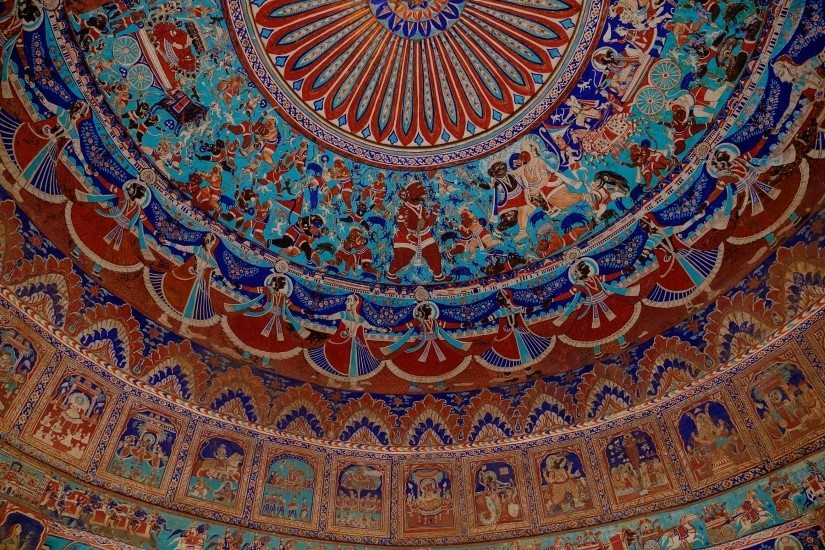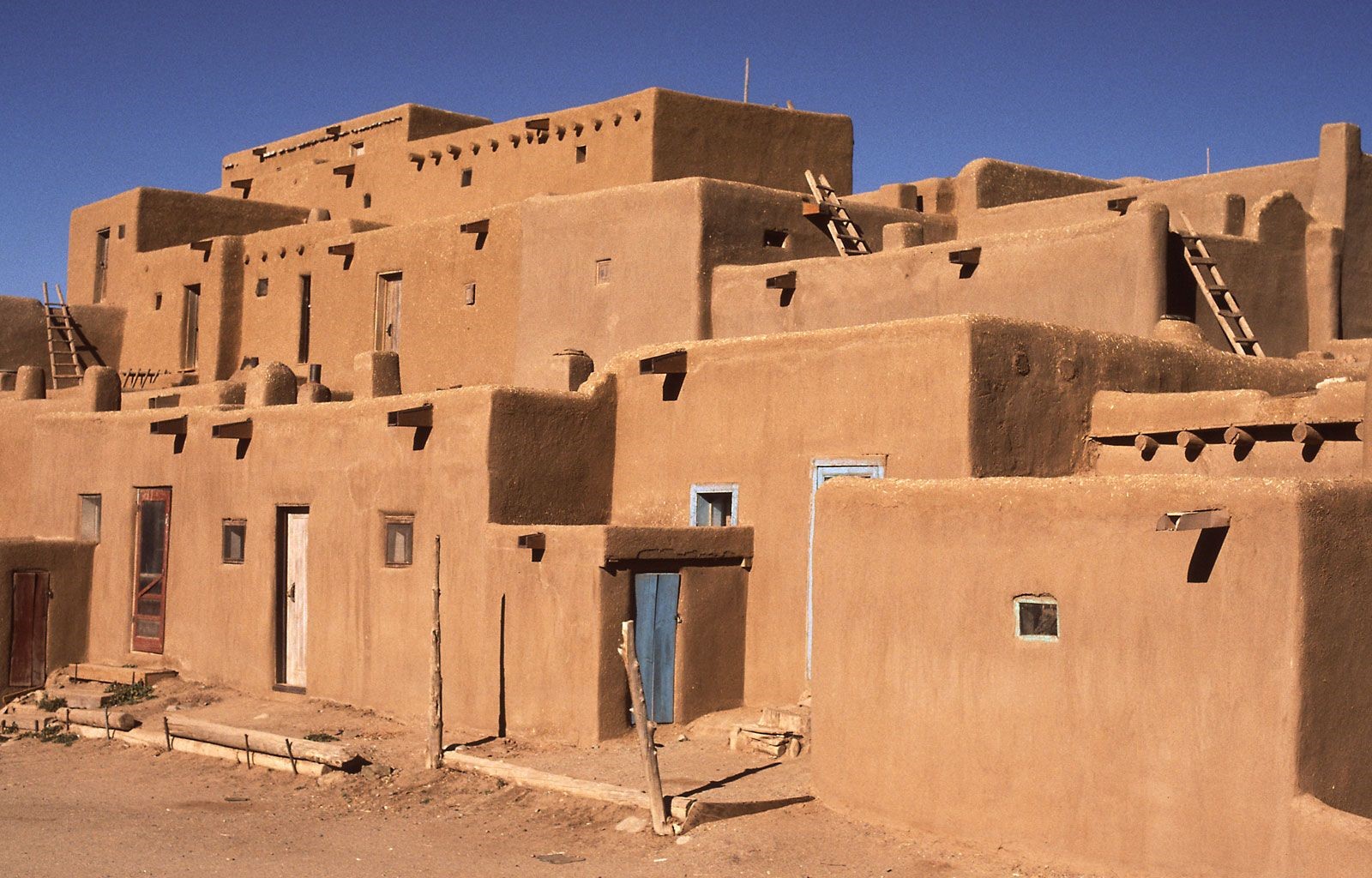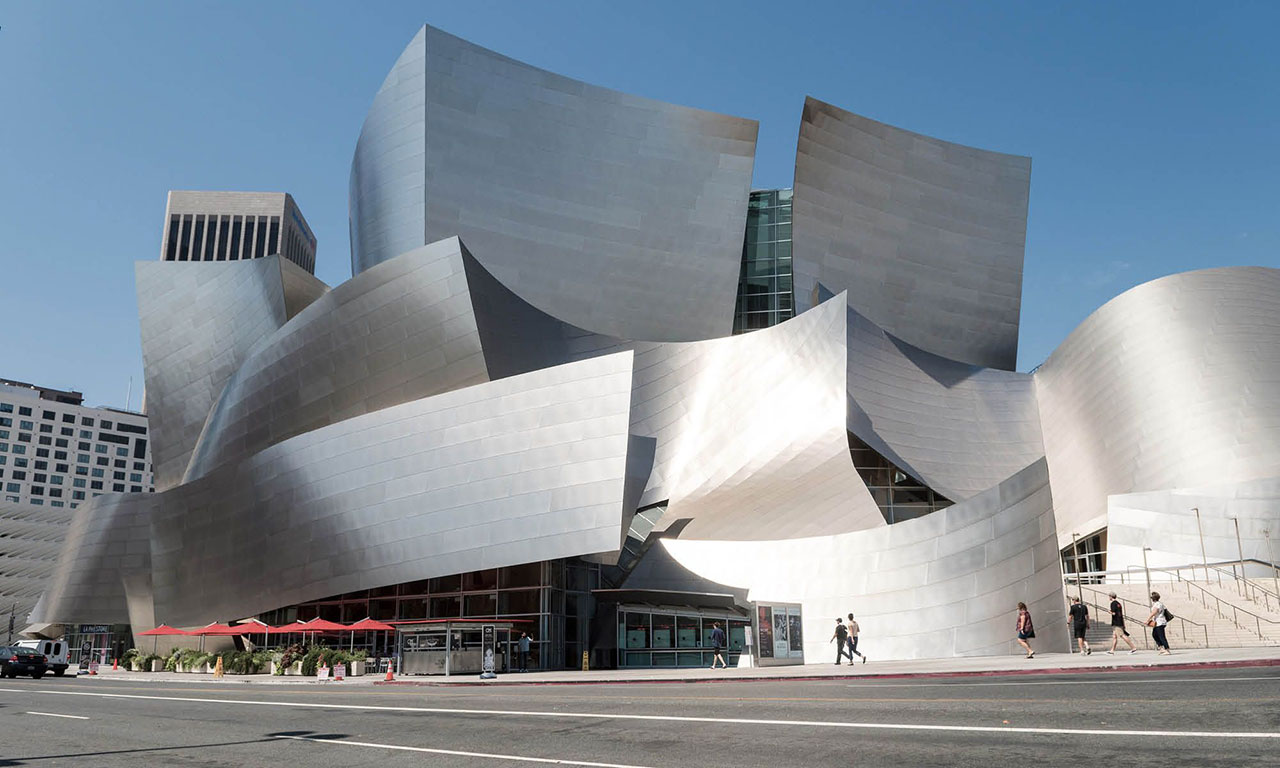The Beauty of Imperfection: Embracing Wabi-Sabi in Architecture
In a world filled with sleek lines, perfect proportions, and flawless finishes, there is a growing movement that seeks to celebrate the beauty found in imperfection. Wabi-Sabi, a Japanese aesthetic philosophy offers a refreshing perspective that embraces the transient, imperfect, and humble aspects of life. In architecture and design, the incorporation of Wabi-Sabi principles can yield spaces that are captivatingly aesthetic, while simultaneously evoking a serene ambiance and fostering a profound connection to the natural world.

Wabi-Sabi Style: A conceptual design by Alena Valyavko
Wabi-Sabi finds its roots in ancient Japanese traditions and philosophies, emphasizing the beauty of imperfection, impermanence and simplicity. It draws inspiration from the cycles of nature, the passage of time, and the inherent decay that accompanies it. Wabi-Sabi appreciates the beauty of asymmetry, irregularity and the natural patina that develops with age. It invites contemplation and embraces the notion that nothing is permanent.
Incorporating Wabi-Sabi principles in architectural design offers a departure from the pursuit of flawlessness and a return to the natural and authentic. Architectural spaces influenced by Wabi-Sabi embody simplicity, modesty, and the passage of time. The use of raw and organic materials, such as weathered wood, rough stone, and textured plaster, can create an aesthetic that embraces the inherent imperfections and irregularities found in nature.
Furthermore, the concept of “ma” plays a crucial role in Wabi-Sabi architecture. “Ma” refers to the spaces between objects, where stillness and emptiness are valued. It allows for pauses and contemplation, encouraging a sense of calm and mindfulness. Intentional negative space, open floor plans, and the integration of natural light contribute to the creation of these moments of “ma.”
Wabi-Sabi celebrates the transience and impermanence of all things. Applying this concept to architecture means, designing spaces that evolve over time, responding to their surroundings and the changing seasons. Materials that age gracefully, adapting to their environment, can enhance the sense of impermanence. The weathering of metal, the patina on copper, and the fading of colors all contribute to a richer and more profound architectural experience.
Nature is a fundamental element in Wabi-Sabi design, with an emphasis on creating harmony between the built environment and the natural world. The integration of natural materials, such as wood, stone, and bamboo, connects the architecture with its surroundings. Incorporating elements like indoor gardens, water features, and views of nature not only enhance the aesthetic appeal but also foster a sense of tranquility and balance.
Simplicity lies at the core of Wabi-Sabi design. Stripping away the unnecessary and focusing on the essential elements allows the beauty of imperfection to shine. Clean lines, unadorned surfaces, and minimalist interiors contribute to a sense of calm and uncluttered elegance. By embracing simplicity, the architecture can provide a refuge from the chaotic world outside, offering an opportunity for introspection and peace.
Embracing the principles of Wabi-Sabi in architecture and design encourages a shift in perspective, valuing imperfection, impermanence, and simplicity. By celebrating asymmetry, weathering, and transience, spaces can be imbued with a sense of authenticity and harmony with nature. The beauty of imperfection lies not only in its visual appeal but also in the emotions it evokes and the connection it fosters to our surroundings. Wabi-Sabi reminds us to appreciate the inherent beauty in life’s fleeting moments, encouraging a deep sense of mindfulness and an embrace of the transience of existence.


